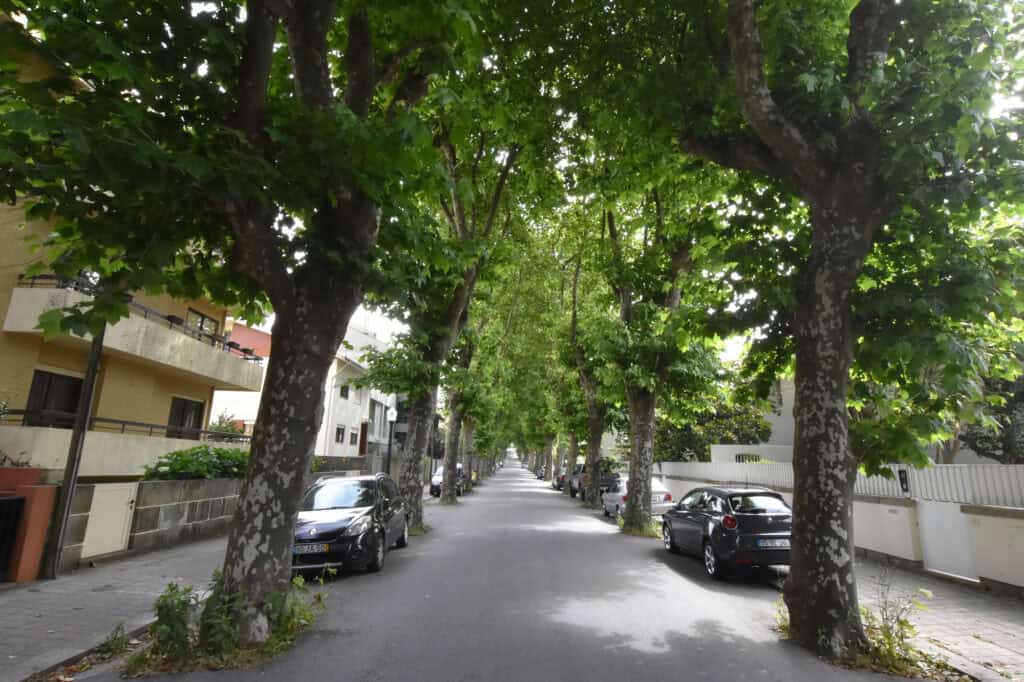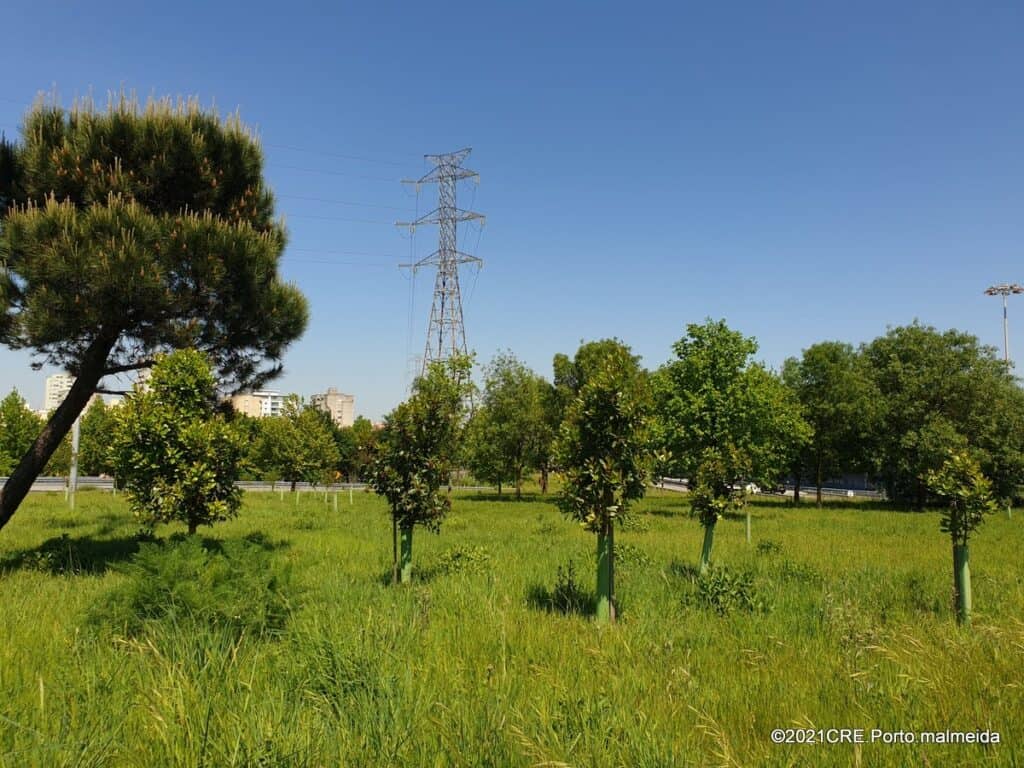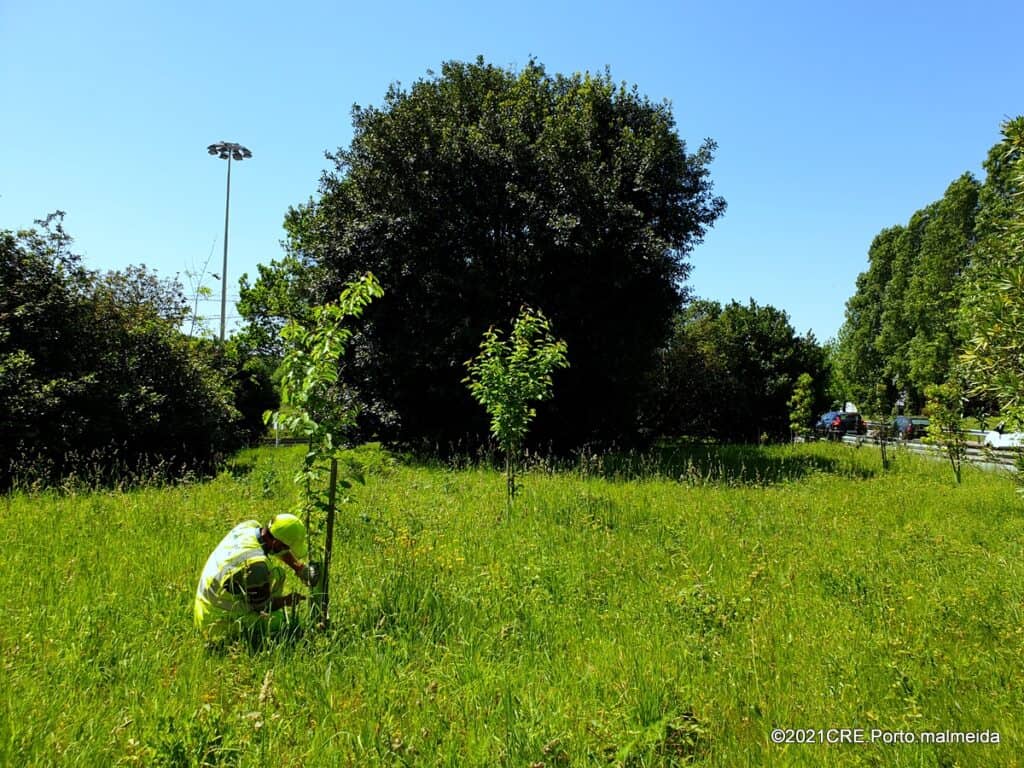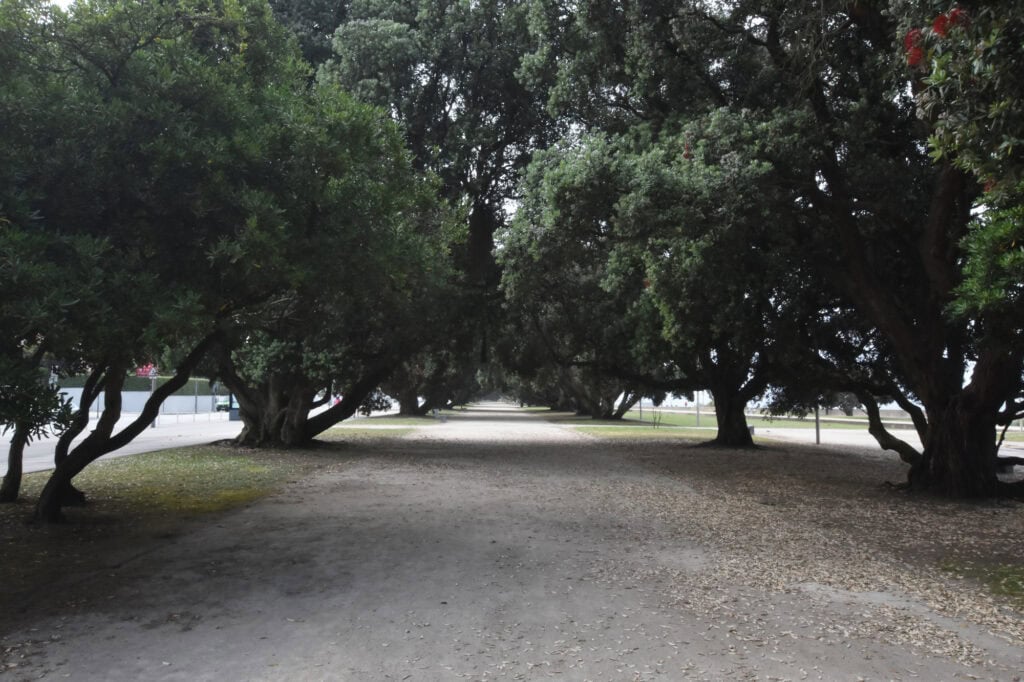Rua do Crasto, in the Foz area, is about 1 kilometre long and has one of the richest tree alignments, with more than half of its length flanked by more than 100 Platanus trees on both sides, making it one of the most emblematic streets in Foz.
The trees help filter air pollutants, improving air quality and supporting local biodiversity. In addition to its environmental functions, the tree-lined Rua do Castro also promotes pedestrian comfort, providing areas of shade and pleasant spaces for movement.
This alignment is part of the Plano de Arborização do Município do Porto, which aims to materialise and enforce a vision of a more refined and programmatic Municipal Ecological Structure, set in a context of valuing trees and the multiple benefits they provide to citizens, the environment and public space, not forgetting the increase in the city’s resilience and climate adaptation.
The tree pits have also undergone intervention through the ‘Caldeiras Vivas’ project, which aims to occupy the tree pits with mostly native species to combat pests and boost biodiversity.



